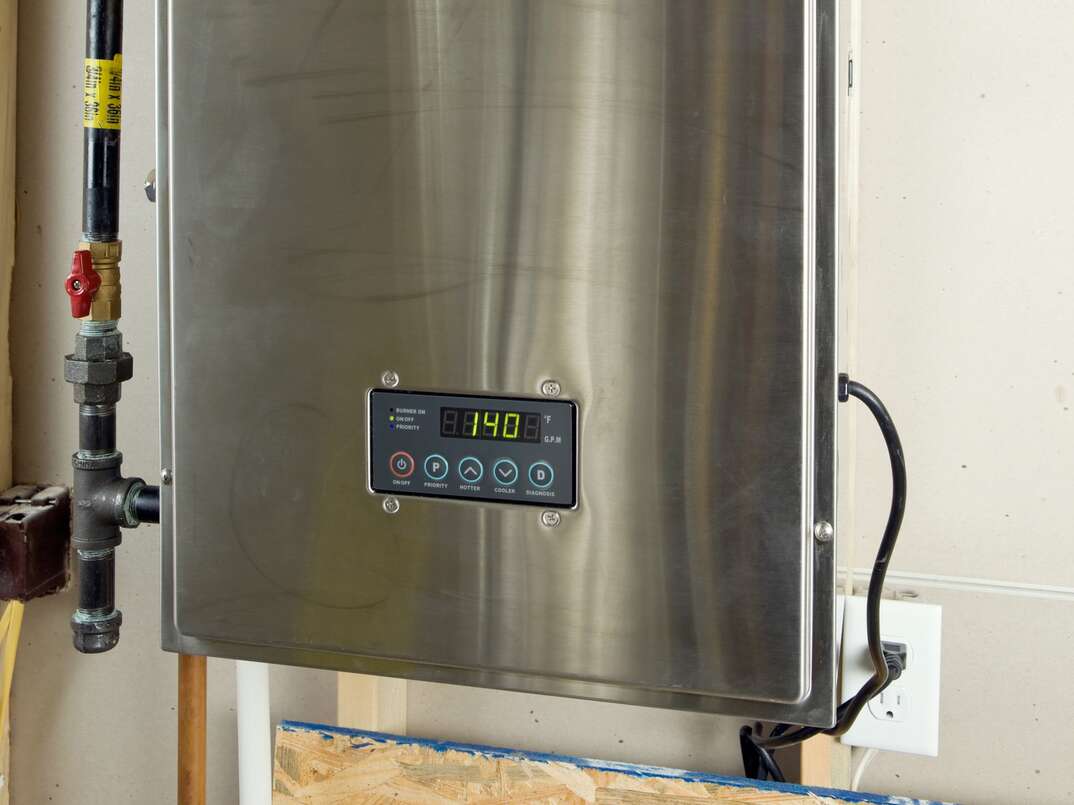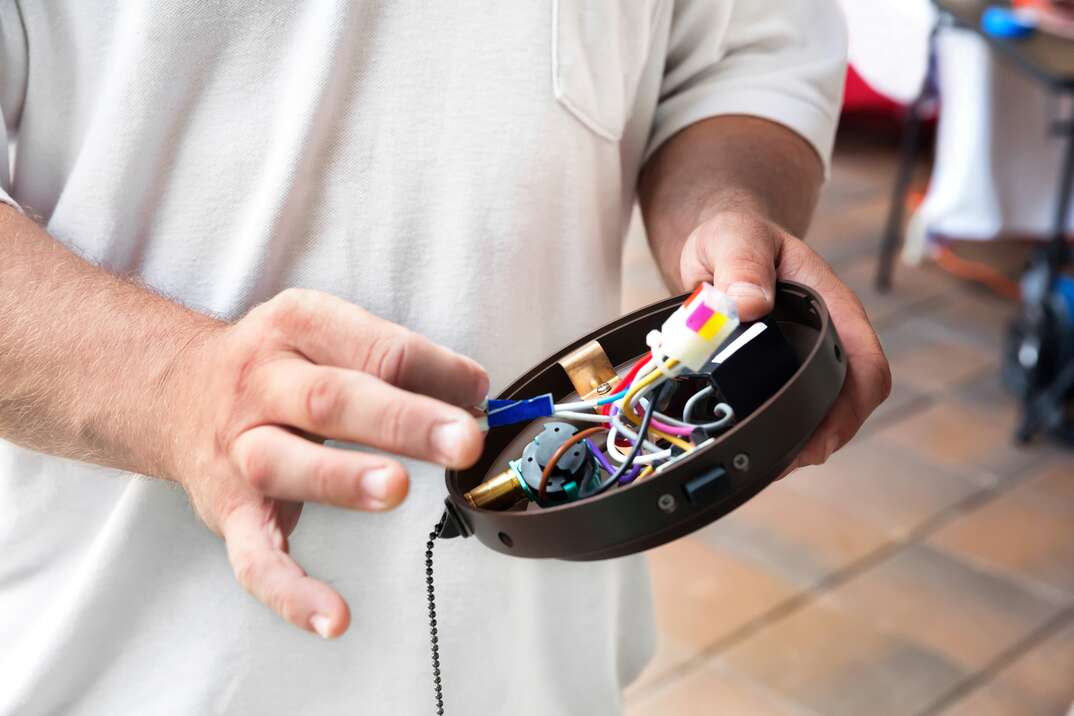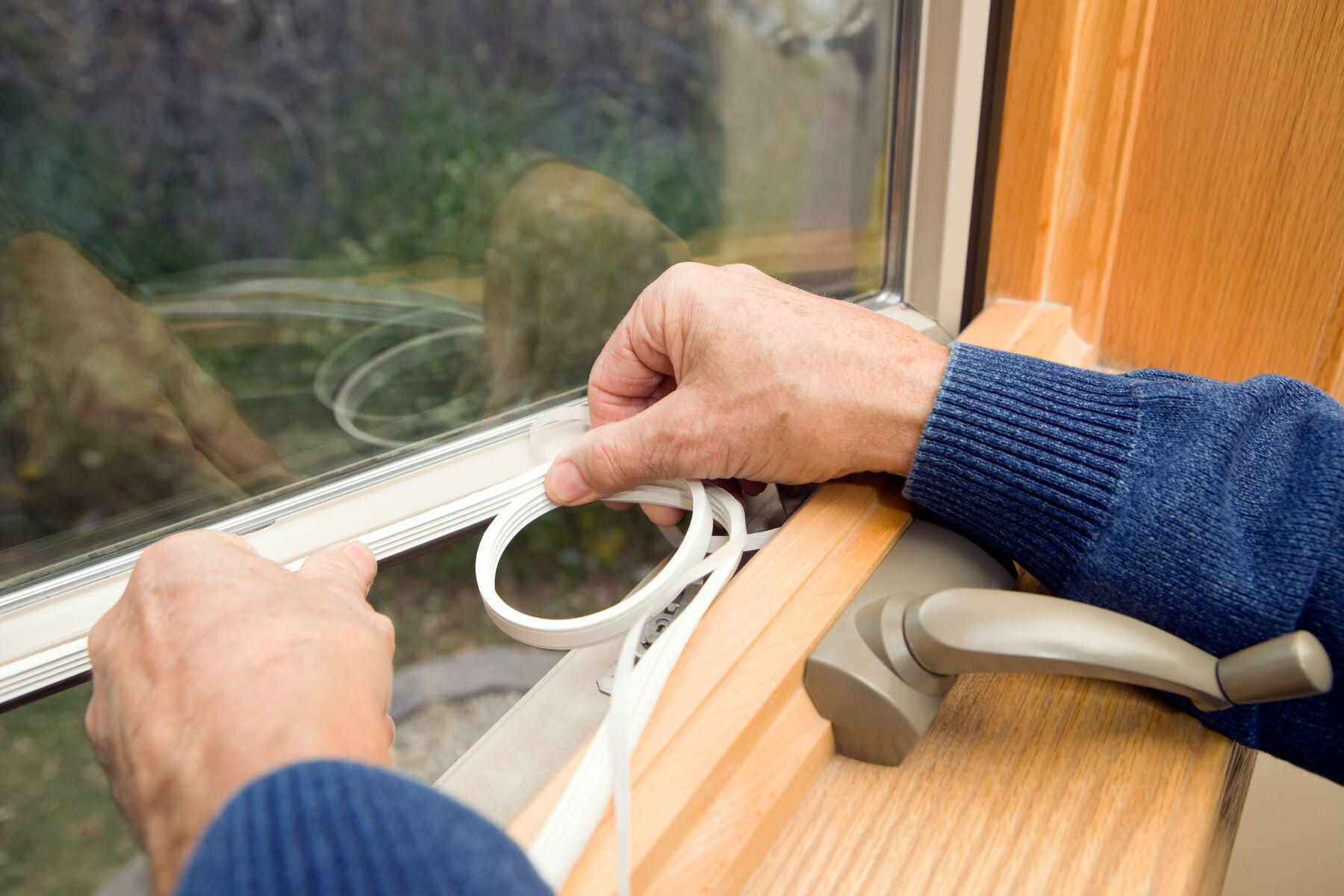How to Install a Tankless Electric Water Heater: A 10-Step Guide

Installing or Replacing an Electric Water Heater at a Glance
- Step 1: Cut circuit breaker and water supply
- Step 2: Drain water heater
- Step 3: Remove front cover
- Step 4: Mount water heater
- Step 5: Connect pipes
- Step 6: Install flow and pressure valves
- Step 7: Bleed hot water system
- Step 8: Inspect electrical components
- Step 9: Switch circuit breaker on
- Step 10: Test temperature and outlets
Some water heater issues are repairable. But in the event that your current water heater is old or outdated, it may be time to install a new one. Although it's possible for a water heater to last up to 20 years, most only run for 10. If you want to install a tankless electric water heater yourself, it's important that you know what you’re getting into before you start this project.
This May Also Interest You: How to Install or Replace a Gas Water Heater
No matter what kind of DIY project you want to complete, preparation is a key component of success. If you go into a job without the right tools or understanding of what work needs to be done, it's probable that you'll run into issues that could cost you both time and money.
To get you started, we’ve laid out this step-by-step tankless electric water heater installation guide.
1. Switch Off Circuit Breaker and Water Supply
Before you start the project, it's essential that you switch off the circuit breaker to ensure that the electric cables aren't powered on while you’re working.
The water supply should also be turned off at this point — unless you want portions of your home to be flooded when you attempt to replace your current water heater with a new one. Keep in mind that flooding can cause thousands of dollars in damage, which is why the first step in this list is the most important.
2. Drain Your Old Heater Before Disconnecting It
If you currently have a tank-type water heater installed in your home, you will want to drain it before removing it. This will require a hose and a container, like a bucket. For more detailed instructions, check out our guide on how to drain a water heater.
The connecting pipes will need to be unscrewed before you remove the old wiring and wall-mounting brackets. Make sure that the old wiring and pipes aren't damaged during this process. If they are, they will need to be replaced completely, which only adds to the project timeline and costs.
3. Remove the Front Cover
Before you install the new tankless unit, its front cover should be carefully removed with a screwdriver. Once all the screws have been removed, place them in a spot where you won't lose them. If you want your water heater to function properly, all these screws are necessary. Keep in mind that some cables could be connected between the cover and the unit. Unplug these carefully before fully removing the cover.
4. Mount the Water Heater
The unit will then need to be mounted to a wall. Make sure that the water heater isn't positioned in a cluttered or messy area of your home. That said, it’s important that you have easy access to the unit in the event of an emergency. Mounting the water heater is simple and can be done with a combination of screws and the mount included in the package. Follow the steps that came with your unit.
5. Connect Any Pipes
When you've finished mounting the device, you’ll need to connect the pipes that distribute hot water throughout your home. These connections will go in and out of your water heater. They should be located toward the bottom of the unit. You may have received an installation diagram with your unit, which you should reference to determine where the connections should go.
The best type of pipe material for a tankless water heater is stainless steel. It can withstand high temperatures without lowering the accessibility or flexibility of the system. If you don't have access to stainless-steel pipes, acceptable alternatives include copper and PVC piping. When you opt for a flexible pipe that's made from stainless steel, you can be confident that the connections can be quickly detached, which is helpful if you want to clean them regularly. Many instruction manuals recommend regular cleanings.
More Related Articles:
- How Much Does It Cost to Repair or Replace Your Water Heater?
- How to Test a Water Heater Element
- Don’t Forget to Flush! A 6-Step Guide for Flushing Your Gas or Electric Water Heater
- How Do I Turn My Water Heater On?
- Tired of Tepid? Here’s How to Turn Up the Temp on Your Water Heater
6. Install Flow and Pressure Valves
Once the connections have been made, it's time to install the flow and pressure valves. Flow valves are simple to install. They allow you to shut off the water supply to the heater when repairs are needed instead of having to shut off water to your entire home.
Pressure valves only need to be installed if the local plumbing authority requires them. The pressure release valve should be installed along the "hot water" side of the electric water heater. You could also install one on the other side of the heater for maximum safety.
7. Bleed the Hot Water System
At this stage of the installation process, the water heater should be connected and fully installed. However, you'll still want to perform the bleeding process before you turn the hot water system on. Every hot water outlet in your home should be opened, which helps get rid of any air in the system. Keep these outlets open for a few minutes, after which the bleeding process should be completed.
8. Inspect Electrical Connections Before Attaching Cover
To ensure your own safety and that of anyone in your household, it's essential that you take the time to inspect the electrical connections to your water heater. Make sure that these connections are wired properly and have been positioned at the right terminals. The cover should then be reattached with all of the screws from before. Once the cover has been carefully placed on the unit, the installation process is nearly complete.
9. Switch Circuit Breaker On
Since you no longer need to do any work on the heater itself, it's safe to switch the circuit breaker on.
10. Check Temperature and Test Outlets
Once the water heater has been turned on, you'll want to configure the system's temperature settings. These units can get very hot when placed at the highest settings, so it’s recommended that you don’t use them to avoid potential burns. Every hot water outlet in your home — faucets, showers, dishwashers and clothes washers — should also be tested at this point to make sure that the temperature is correct and that the water warms up quickly. If the water is too hot, you may want to turn the temperature settings down.


